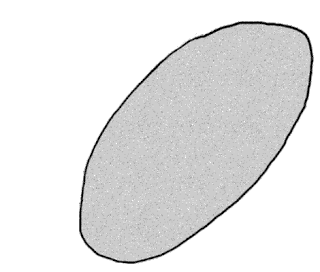Top Qs
Timeline
Chat
Perspective
Prepared-core technique
Means of producing stone tools From Wikipedia, the free encyclopedia
Remove ads
The prepared-core technique is a means of producing stone tools by first preparing common stone cores into shapes that lend themselves to knapping off flakes that closely resemble the desired tool and require only minor touch-ups to be usable.

In contrast to the production of core tools like handaxes, where cores themselves were the end product shaped and trimmed down by removal of flakes, in prepared-core technique large flakes are the product and the core is used to produce them. This shift made it faster and more resource-efficient, as multiple tools could be struck from a single piece of starting material.[1]
Prepared core preparation techniques are grouped under the label Mode 3 technology.[2] The best-known prepared core reduction method is the Levallois technique[3]
Prepared core technology was likely invented independently multiple times at different locations.[4] The regular use of Prepared core technology is associated with large-brained hominins such as Homo heidelbergensis, Neanderthals and modern humans. Its widespread use is the defining characteristic of the Middle Stone Age period in Africa and the Middle Palaeolithic (~300.000 - 40.000 years ago) in Europe.[5]
Remove ads
References
Bibliography
Wikiwand - on
Seamless Wikipedia browsing. On steroids.
Remove ads


